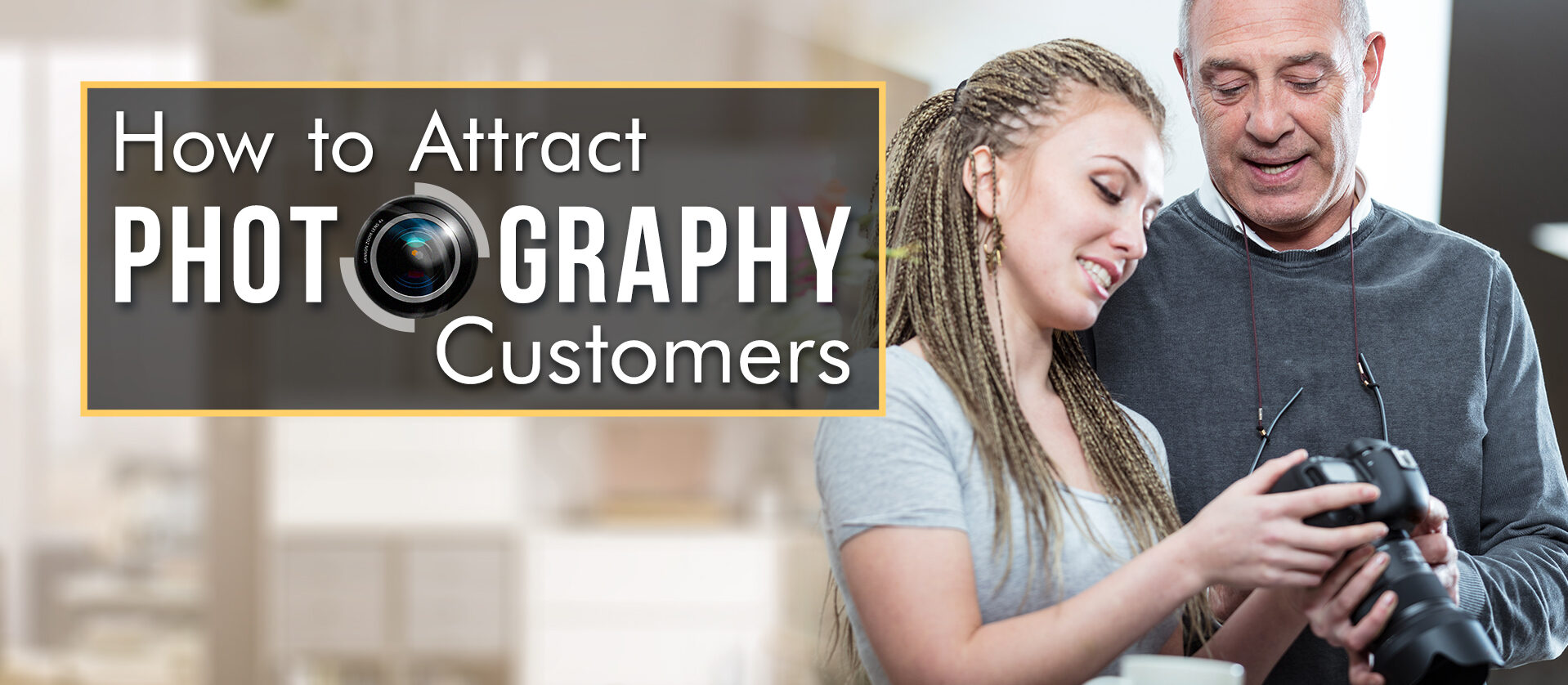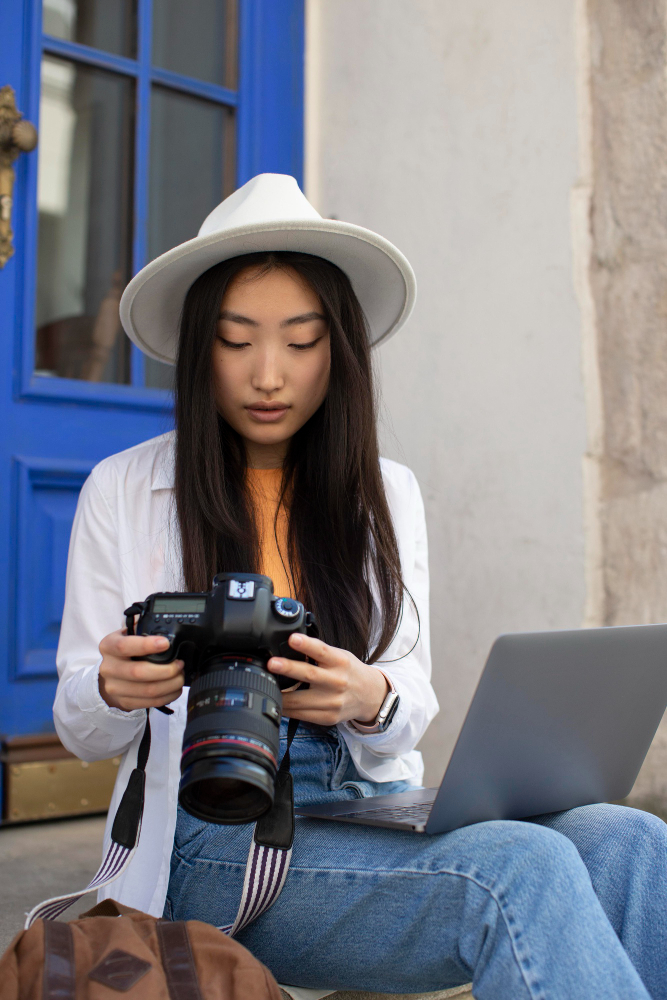Developing a basic understanding on depth of field allows you to take matters further through personal research by having a starting point. Your shots give off a sense of confidence by making informed decisions.
Amateur photographers run through several rolls of film or memory capabilities before capturing the true meaning of certain photographic technicalities. Exposure times comprise the first of two aspects for so many rolls of film or memory use. The second aspect has to do with the DOF (Depth of Field). Photographers spend countless thoughts on what they might have done wrong.
Amateur photographers ask two questions frequently when first starting off.
1. How can I achieve a sharp subject and blurry back round in my pictures?
2. How do I put everything into focus?
Amateurs must learn the rules involved in long and short depths of field in order to move on to professional photography. Beginners need to learn how to manipulate and express personal vision through the depths of field.
First and foremost, consider the differences between short Depth of Field and long Depth of Field. Short DOF photographs contain a subject in focus, while the back round and all objects behind the focus show up blurry. Long DOF photographs focus every object in the picture. Combining short and long DOF you obtain the circumstances involved in medium Depth of Field photographs.
When should you use short DOF?
Selective focus allows the photographer to be specific on what to focus in a photograph. Establish control of subject focus provides powerful photographs through this dynamic tool. Photojournalism photographs often include pictures of people standing out in a crowd and establishes them apart from the back round. “A picture paints a thousand words,” when uniquely using this powerful tool in your photography.
Glamour portraits use short DOF to isolate the subject in the photograph. Examples seen in photographs where the subject’s eye closest to the point of perspective renders sharply and the eye furthest away slightly blurs. This technique allows a level of individuality in the creation of personal messages through the photograph.
What instances should you use DOF in?
Long Depth of Field provides great photographs considering landscape subjects. Shorter DOF used for landscaping produces minimal focus on the vast subject and capture much of the subject in a blurred outcome. Long DOF captures everything near and far in a landscaping picture and gives focus to several aspects of the subject.
Ansel Adams and Edward Weston utilize long DOF to create famous works of art and photography. Large, wonderful scenery can produce a great blurred back round to a single bright, atheistically appealing flower by use of short DOF. Photographers need to develop versatility in order to capture the right photograph in various situations.
How can you make your understanding of DOF work for you?
DOF varies on the camera’s focal length in the lens. Following information touches on quite a bit of technical details using a SLR lends with a 45mm to 70mm range. Learn to adjust the F-stops (aperture) on the camera to manipulating DOF. Modern SLR cameras allow the use of this feature through switching to AV (Aperture Priority) mode.
Fully explaining aspects of aperture could take quite a bit of time. Thus, the simplest understanding represents the F-stop as an adjustable opening controlling the light inducing a photograph on the film and digital captures. DOF of an image becomes controlled by the F-stop and choosing shutter speeds.
SLR cameras of older makes contain lens ranges on the barrel. The aperture ring looks like the following on a basic lens:
2.8 – 5.6 – 8 – 11 – 16 – 22
The numbers indicate aperture open settings or otherwise known as the F-stops.
Modern electronic and other cameras display F-stop values on the viewfinder. Newer lenses raise the range between F-stops; the following displays some common examples:
2.8 – 3.5 – 5.6 – 6.3 -7.1 – 8 up to 32
Choosing DOF settings on the camera requires a bit of technical information and basic understanding of certain concepts. Short DOF selects lower F-stop numbers to represent their capabilities, such as 2.8. Longer DOF selects higher end F-stop numbers to represent their capabilities, such as 22. Everything in the final photograph for higher numbered F-stops will come into focus. One subject in the final photograph for lower numbered F-stops focus the subject only and blur out the back round. The separation between pictures and photographs provides a dividing line in the understanding of the F-stop concept. You can practice understanding F-stop settings by picking out 3 subjects to photograph. Apples or orange provide good subjects since they do not move on their own and you can change their position to practice different ranges and F-stop settings. Arrange the subjects in order of 2′, 3′ and 4′ to give you some perspective in the final photographs. Start off with lower end numbers on the F-stop and progress through until you reach the highest values. The final photographs should focus the very first subject in the line up and blur out the rest on smaller F-stop numbers. The final photographs including higher end F-stop values should include focus to the back round subjects with greater accuracy as the number gets higher. In high-end F-stop value photographs all subjects should view as sharp objects and under great focus.
SLR cameras usually have a preview icon to represent the DOF. Selecting the preview icon and focusing the lens on your subject should project what the final image will come out as. Consider the possibility off too much light getting in as the F-stop value gets higher. Preview capabilities will appear darker because of the amount of light being let in. Several practice sessions allow you to take photographs without the use of the preview button because you’ve learned how to master reproducing the image without a guide.
You’ve just learned the basics of Depth of Field! Certain facets of DOF include understanding Hyper Focal Distance issues, after all, longer and shorter focal lenses provide different DOF results. With the information you’ve obtained here, you are ready to go further in developing professional photography skills.
To learn more, you can get instant access to more depth of field solutions here.

